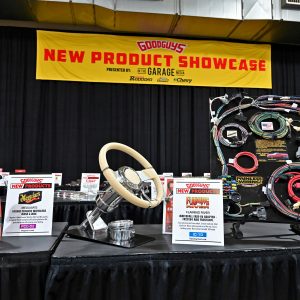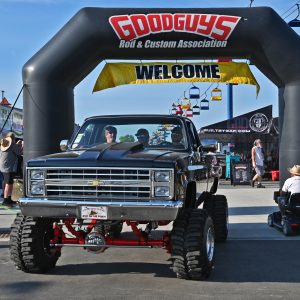Builds
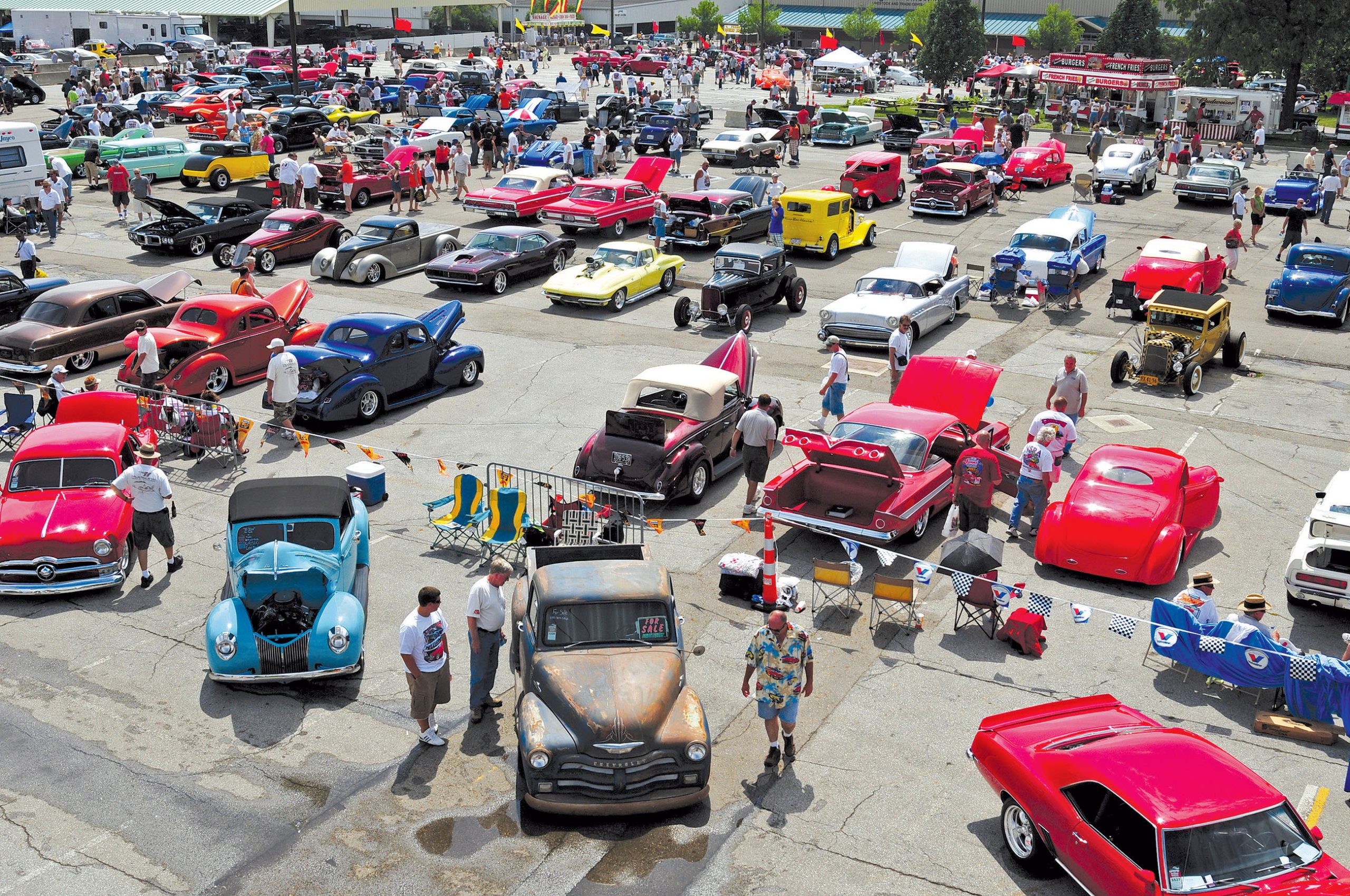
We are continually challenged by what has previously been accomplished within a hobby that has captured the hearts of enthusiastic Americans; and just when it seems automotive imagination has reached its pinnacle, we are once again reminded of an endless flow of accomplishment and creativity that stretches the limits of the cars we build.
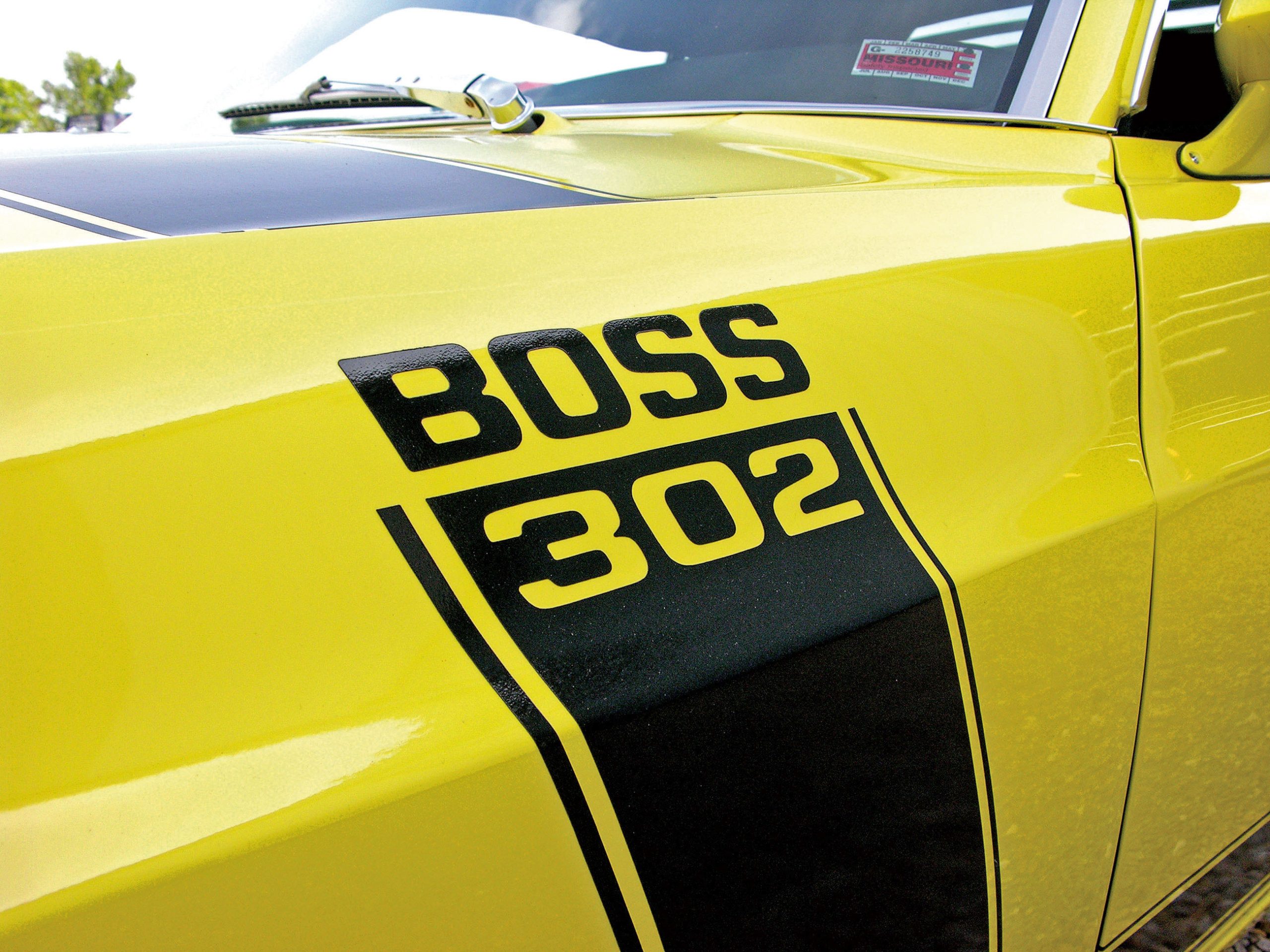
In 1969 and 1970, Ford produced a pair of unique vehicles designed with only one purpose in mind: to take back the SCCA Trans-Am series crown from Chevrolet. After stunning success with the ’65-’67 Mustangs, Ford lost the title to Chevy’s Camaro in 1968, and many felt that the car’s “tunnel port” engine was the culprit. Ford drastically rethought its engine program and came up with a legendary solution.
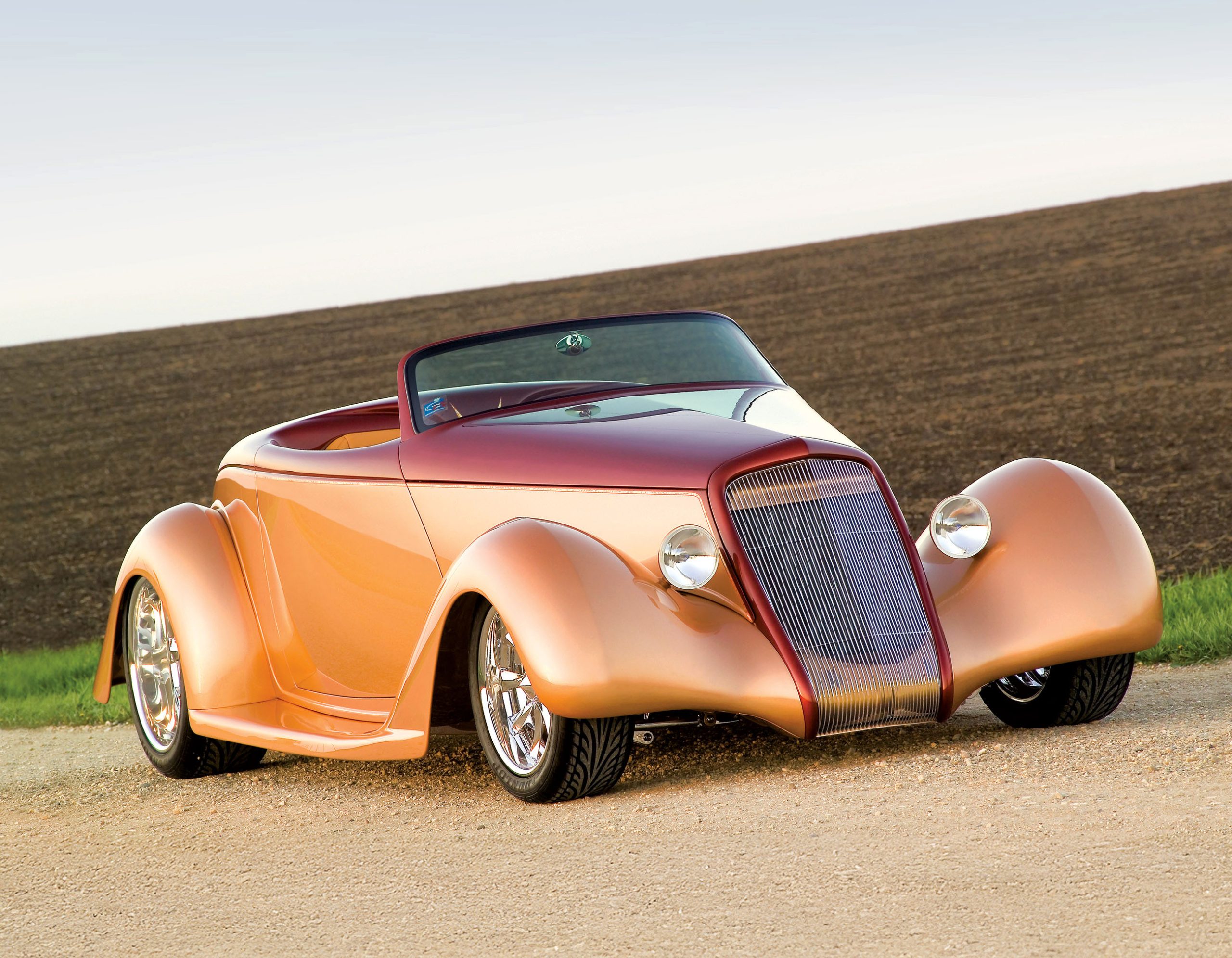
It occurred rather quickly—in just a decade or so, the Ridler award has risen to the top of the list of awards for hot rods. Sure, it all started more than 60 years ago, but back in the 2000’s, the competition intensified for this coveted award. The Auto Builder was intrigued by the award’s newfound popularity, and we did everything in our power to bring proper recognition to these grand automobiles. We also dedicated ourselves to help popularize “The Great Eight,” which each car must win to qualify for Ridler competition. Being selected in the Great Eight is a feat in its own right, but the road to winning the Ridler is as mysterious as the final award itself.

In terms of historic automotive achievements (and there have been many, to be sure), this stylized ’36 Ford roadster will long be remembered for its most human elements. Through them, a vehicle of unparalleled execution—at least to date—regardless of type, style or vintage, has come of age. Only slightly reminiscent of the car it is based upon, the lines expressed through the flowing body and adjoining components, and all of the well-placed details, give one the impression of speed, style and a hint of great classics of the past. And while it may take on a hint of flavor of classics past, the overall concept is entirely its own—a coach-built car done for these modern times.
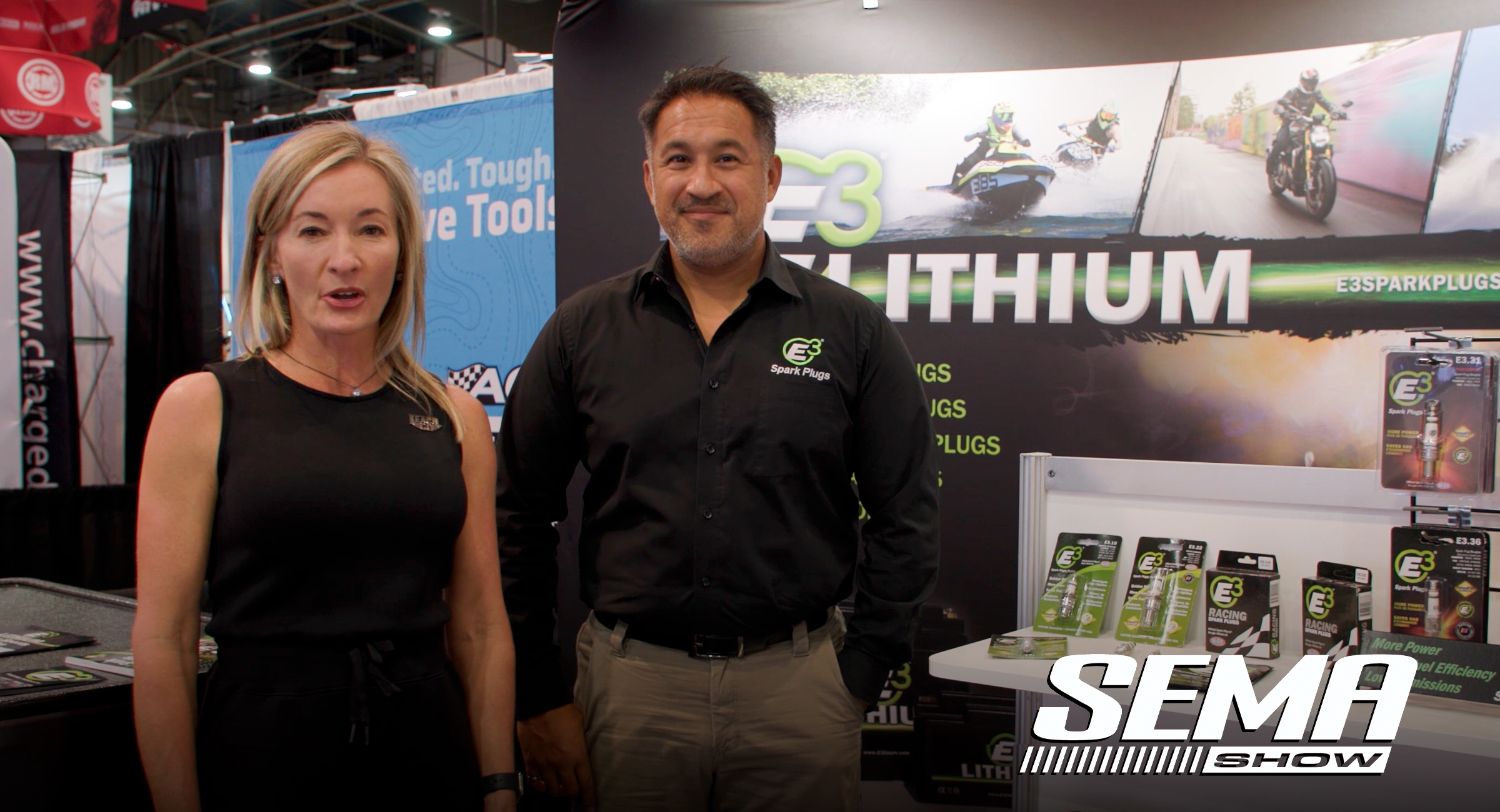
Dive into our exclusive coverage recorded LIVE from the SEMA 2024 show floor. From groundbreaking performance enhancements to next-generation customization tools, each moment is brimming with ideas and inspiration from the pros who are shaping the future of automotive innovation. Whether you’re a seasoned professional or a car enthusiast eager to discover the next big thing, The Auto Builder’s live showcase offers an unrivaled experience. Witness the passion, creativity, and expertise that make SEMA the pinnacle of automotive excellence. Catch the highlights now and immerse yourself in the excitement of automotive innovation like never before!

In 1994, Denny and Dawn Johns picked up a ’55 Chevy two-door sedan. Along with Dale Johns, the couple runs Van Buren, Arkansas’ D&D Specialty Cars (479/414-2654), so it was no huge deal to think they would quickly rebuild the ’55 into something very special; after all, they had sold the car and its rebuild to Ed Johns, Denny’s father.
But about a year later, a major tornado tore through Van Buren, and along with most everything else, it left the ’55 demolished from bumper to bumper. Since the car wasn’t the only thing destroyed in the tornado’s path, it took a back seat as the Johns family rebuilt their homes and their business. Then in 2003, Ed sold the ’55 back to Denny and Dawn, and the couple decided to rebuild the car for themselves. Apparently the original plan was to build a nice driver, but once under way, Denny says, “We couldn’t find a good stopping point.” So they didn’t—stop, that is—until three years later.

MPS Auto Salvage (800/236-1156) is a name you probably already know if you’ve ever been in the market for quality used parts for Fox-body and newer Mustangs. This Winder, Georgia, salvage yard specializes in Ford’s pony car, and the company has both a huge inventory of parts and totaled cars and all the knowledge you’d need for parts-interchange questions. And since the guys at MPS are all enthusiasts, we wonder if the foxes are guarding the henhouse. Judging from the look of this MPS-built ’91 Mustang coupe, the answer is most definitely yes—but that’s just fine with us.

The Fox-body Mustang is undoubtedly becoming one of the most popular Fords of all time, and the abundance of aftermarket components is its main attraction. Every aspect of the ’79-’93 Mustang is upgradeable, and whether you want a killer street car or an all-out drag car, the Fox-body Mustang proves to be a great platform for all kinds of performance goals. B.C. Happach of Pekin, Illinois, recognized this great potential and bought a ’91 Mustang hatchback back in March 1996. Small upgrades here and there, including a NitrousWorks plate kit, gave Happach a street-friendly Mustang that consistently ran in the high 12s with the stock suspension.
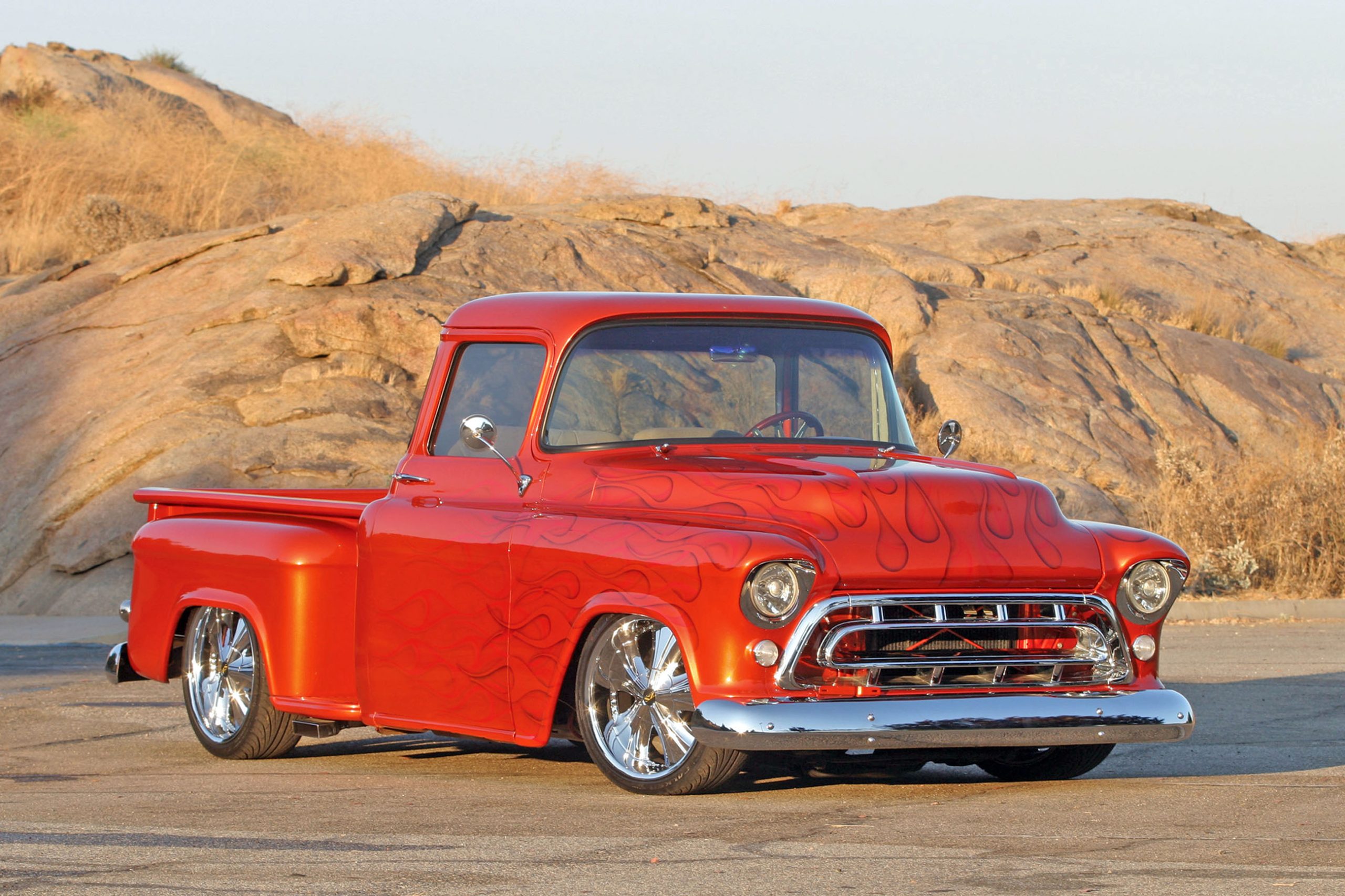
When we shoot a feature, we give the owner a tech sheet to fill out to tell us about all the parts that were used on the truck. The tech booklet tells us what shocks or body modifications have been performed, and we always ask why that person has decided to build that particular truck. Many times the answer is that their father had one when the owner was a kid. This is the case with Hector Leon and his ’57 Chevy.

“From the very beginning, I’ve always raced this car,” Iida says. “In the past 11 years, I’ve put 10,000 miles on the odometer a quarter mile at a time.” Like most weekend warriors, Iida’s 5.0-liter Mustang started out life 100 percent bone stock. But with help from friends such as Honolulu Ford’s performance advisor Henry Tabios (a well-known island 5.0-liter racer in his own right), members of the Hawaii Ford Performance Club, Dillingham Automotive’s Glenn Aarake and Alan “Naka” Nakamura, Iida’s ghost-flamed Mustang GT has been transformed into a 9-second, street-legal twin-turbo terror, recording a best of 9.94 seconds at nearby Hawaii Raceway Park.








